28 Mar
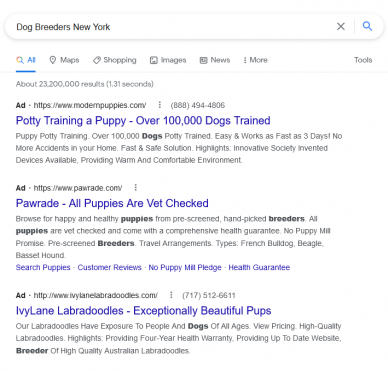
Local SEO in Google
What is Local SEO?
Local SEO is conducting activities whose main goal is to raise the position of a website in organic results, including for local inquiries such as “dog breeders New York”. Keywords do not have to contain the name of the city, and they can be optimized in a given location, thanks to which a given keyword will be displayed in higher positions than in other locations.
Thanks to these measures, you can reach a large number of customers from the immediate area, and also increase the chances of conversions, because local keywords usually have a higher conversion rate than, for example, slightly more generic keywords with a similar level of competition.
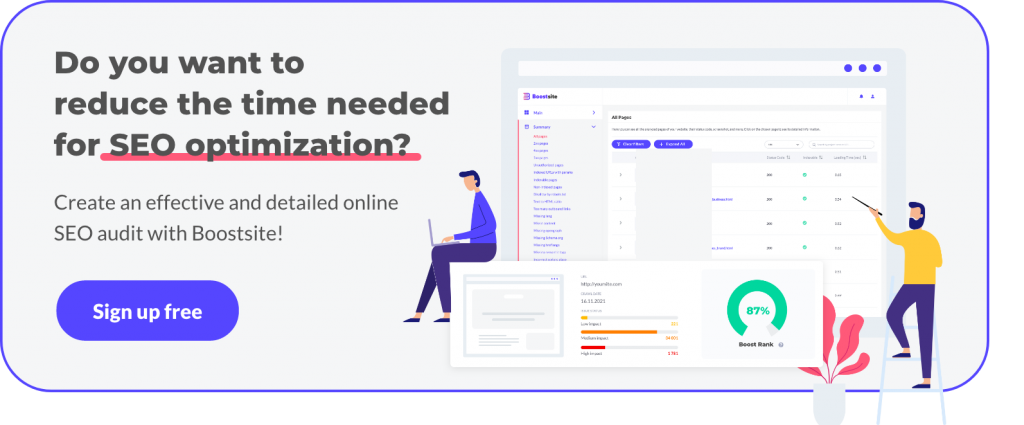
Local queries allow you to find a company in the vicinity of the user who enters the query. By default, Google shows personalized search results, so without disabling this filter, the results will be automatically matched to the user’s location.
Thanks to this, the user will obtain information about interesting services that are located close to him.
Table of Contents
Local search results
The appearance of the search results for an example local query is as follows:
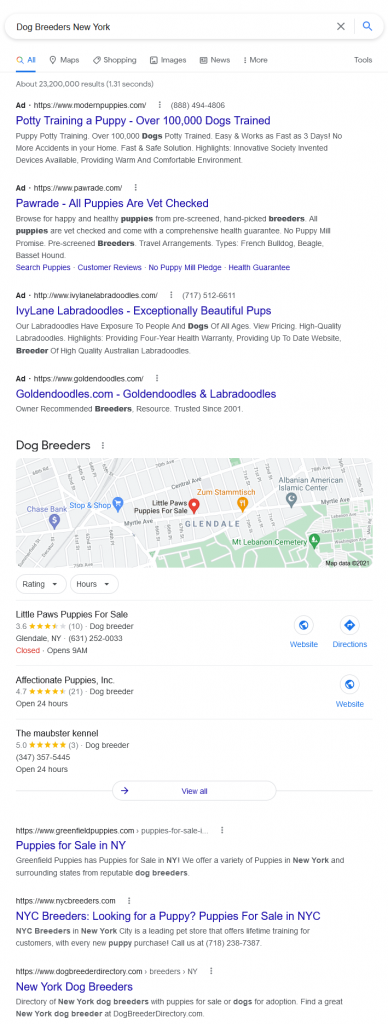
What does Local SEO give you?
Local SEO gives the company a chance for the company to appear in the top positions of the search engine, which allows you to effectively reach customers from the immediate vicinity. Traffic from local keywords is usually of higher quality than for slightly more generic keywords, so the company can build its brand, be more and more recognizable, generate higher conversions, and thus – higher profit.
The entrepreneurs who operate in a given area will benefit most from local SEO and, thanks to local SEO, they will allow a larger group of recipients to find themselves. Importantly, local SEO does not rule out general SEO optimization.
A Google My Business account
Google has a product called Google My Business – it is dedicated to, among others, for creating business cards for businesses that operate locally. Such a business card may appear for a given local query or the name of a given company.
This type of business card looks like this:

It contains all the necessary data that allows you to familiarize yourself with the opening hours, address or telephone number, as well as the company’s offer thanks to the address of the company website, which can be attached to a business card.
Additionally, if we have a company listing in the Google My Business service – users can rate our services. The average number of ratings will be visible directly in search results, so keep the average high as this can have a direct impact on conversion.
How Google determines location – important determinants
An important aspect that affects local SEO is the presence of the same set of contact details in all places on the network, so that their full compliance is maintained. This somewhat proves the company’s credibility and in no way causes disturbances in the correct interpretation of the appropriate location by the search engine.
Places where this type of data can be placed are, for example, company catalogs or places where there are entries about specialists in a given industry. It should be ensured that the data of our company posted on the Internet is consistent.
Local SEO on-site
Another aspect that is important for local SEO is on-site optimization.
Make sure that the name of the location (e.g. city) is included in the metadata section, titles, headings, and content. Such aspects should be implemented in such a way that the read text is not unnatural, because this could reduce the time the user stays on our website, which has a certain impact on the very positions of the keywords ranking on a given subpage.
Local SEO link acquisition strategy
In addition to on-site optimization, external links are also important. In addition to the standard link acquisition strategy, it is a good idea to create a strategy specially prepared for local SEO, which will include link acquisition from local sites.
These types of websites are websites related to a given city (e.g. the latest news from Poznań), thematic pages related to a given location or information about local service companies (e.g. a subpage of the Krakow billiard club) – such subpages will be valuable in the context of local SEO, if only they will have the appropriate technical parameters.
How to plan local SEO?
A proper approach to local SEO requires planning several important factors:
Keyword analysis
For starters, it is worth creating an appropriate keyword analysis that includes both keywords related to cities / streets / locations, as well as phrases specific to local SEO.
These types of phrases include, for example:
● opening hours,
● close to me,
● the closest,
● open on Saturday,
● open on Sunday,
etc.
This type of keyword analysis should be grouped according to keywords of similar type:
● plumber Krakow
● plumber in Krakow
● the best plumber in Krakow
and then appropriate subpages should be assigned to the created groups. If they do not already exist, create and assign them.
Local SEO content optimization
Create appropriate titles and headings
The next step is the appropriate optimization of the content on the assigned subpages. A very important factor is the right title and header of the subpages. It should contain the largest possible number of keywords assigned to a given subpage and a given city / location. The frequency of using keywords should depend on the number of monthly searches – the most frequently used should be the words with the highest number of monthly searches. Importantly, the title should sound natural, so keep this in mind if you want to use as many keywords as possible.
Creation of appropriate meta descriptions
Each subpage should have an appropriately optimized meta description. The description, like the title, should contain the keywords used in relation to the number of searches. In addition, it is worth including Call To Action phrases in it to encourage the user to click, such as “Check!”, “From PLN x”, “Test” etc. In addition to CTA phrases, it is also worth including a phone number and Emoji in the description, which will effectively distinguish the subpage from the level of search results, thus increasing the click-through rate, and thus – traffic to the website.
Content saturation with keywords
Another issue that needs to be taken care of is the appropriate saturation of the existing content with keywords assigned to a specific subpage or the creation of such content. A few years ago, I would recommend appropriate proportions for the use of keywords (in the style of the popular WP plugin – Yoast SEO), but currently my only recommendation will be:
Write a good, reliable and interesting text, using keywords previously assigned to specific subpages. The text should be as natural as possible, without any artificial occurrences of keywords. I do not mean relying mainly on LSI (semantic keywords), the text should contain keywords, but used in a natural and not artificial way, so as not to cause a bad user experience with the text, which may translate into a reduced time spent on page, which may have an indirect, negative impact on keyword rankings.
In addition to keyword saturation, it is also important to provide the full address, telephone number etc. This aspect increases the chances of higher local keyword rankings and rankings in specific locations.
Optimization of technical aspects
In addition to general technical issues used for regular SEO such as site speed, console bugs, fatal HTML errors etc., it is worth using appropriate schema.org tags for local SEO.
These types of tags can be found, for example, at: https://schema.org/LocalBusiness
Application example:
<div itemscope itemtype=”http://schema.org/LegalService”>
<span itemprop=”name”>Company name</span>
<span itemprop=”address”>999 Angell St </span>
</div>
<div itemscope itemtype=”http://schema.org/PostalAddress”>
<span itemprop=”addressLocality”>Washington</span>
<span itemprop=”postalCode”>20024</span>
</div>There are tons of tags for local SEO and it is impossible to list them all. However, it’s important to use them as they can have a significant impact on local keywords and keywords in specific locations. You can test your deployed markup in Google’s Structured Data Testing Tool.
Acquiring relevant external links
As mentioned above, getting the right external links is an important issue. Therefore, plan an appropriate strategy to periodically increase the number of valuable links to your website, including links from local subpages.
Set up a Google My Business listing
In order to configure the above-mentioned Google listing, you should:
- Go to the address https://www.google.com/business/
- Click the “manage now” button
- The next step is to log into your Google account, which will be followed by the enter your company name section.
- To add a company, go to the “Add information about your company on Google” section. In the name of the company, it is worth including keywords in a natural way (i.e. without mentioning keywords after a decimal point, so as not to be penalized by Google for attempting to manipulate), for example, “Breeding purebred dogs – John Doe”.
- The next step is to choose a category for your company’s services. The moment you start entering text, the system will start suggesting categories related to the text you enter, which will facilitate the final selection.
- The next step is to add your business location. It will be displayed both in the search engine and in Google Maps.
- After going further, we will receive a form to enter the company address.
- Then the system will ask us to locate the place of our company.
- The next section is information about customer service outside the main location.
- If so, you will be asked to provide them. They will be displayed on your company’s business card.
- After that, you will be asked to enter the company’s contact number and website number. This information will also be displayed on the business card, so it is worth completing it.
- The next section is questions about recommendations (optional, although I recommend selecting “Yes” anyway) – we are already approaching the end of putting on the business card.
- One of the last sections is to choose the verification option. This can be done, for example, by a postcard that will be sent to the company’s address. The card will contain a code which must then be entered on the appropriate page for verification.
- Next, you’ll be asked to enter the hours your business is open.
- In the next section, you’ll be asked to confirm whether customers can send you messages.
- Then you will be asked to enter a description of the company (here it is worth using keywords and phrases that will attract potential customers.
- The last section of registration is adding company photos. Google has created an instruction for what the correct photo should look like. I recommend that you follow the guidelines as this will reduce the likelihood of some photos not showing.
- Finally, you will see information about the free advertising option – optional
- The last message confirms the application of the business card.
- At this point, the registration of the business card is complete. After verification, the profile will be publicly available on Google.
The above factors are, in my opinion, one of the most important factors that need to be taken into account when planning a local SEO strategy, but they are certainly not all aspects that should be taken into account during the entire local SEO process.
SEO expert with over 10 years of experience in the industry. He has worked for many international companies known globally, creator of the Boostsite.com algorithms.
Leave a Comment
SEO expert with over 10 years of experience in the industry. He has worked for many international companies known globally, creator of the Boostsite.com algorithms.
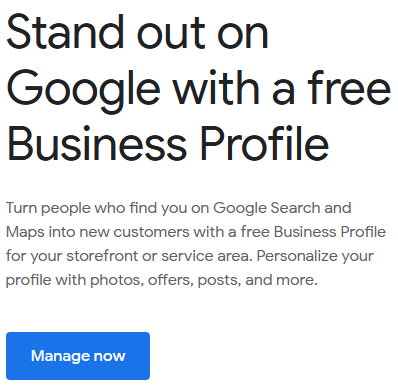
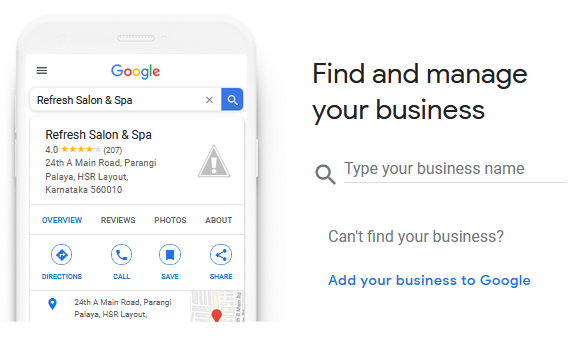
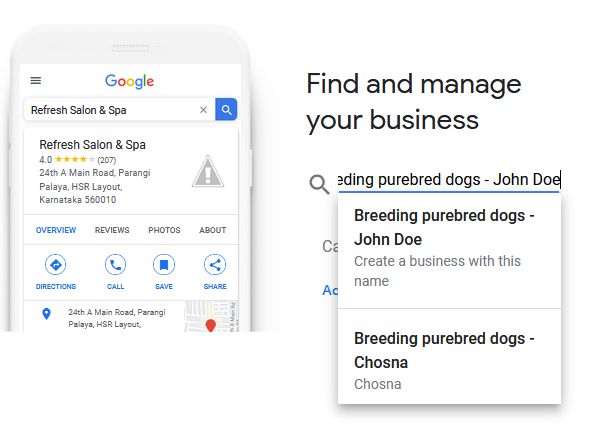
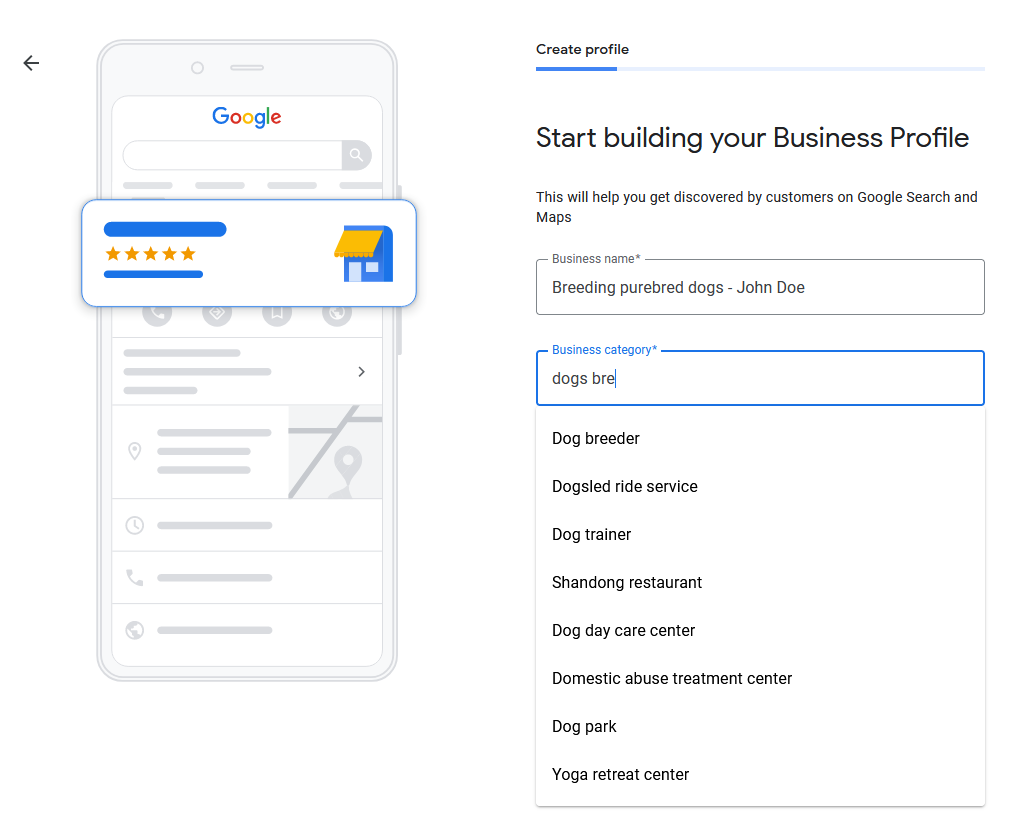

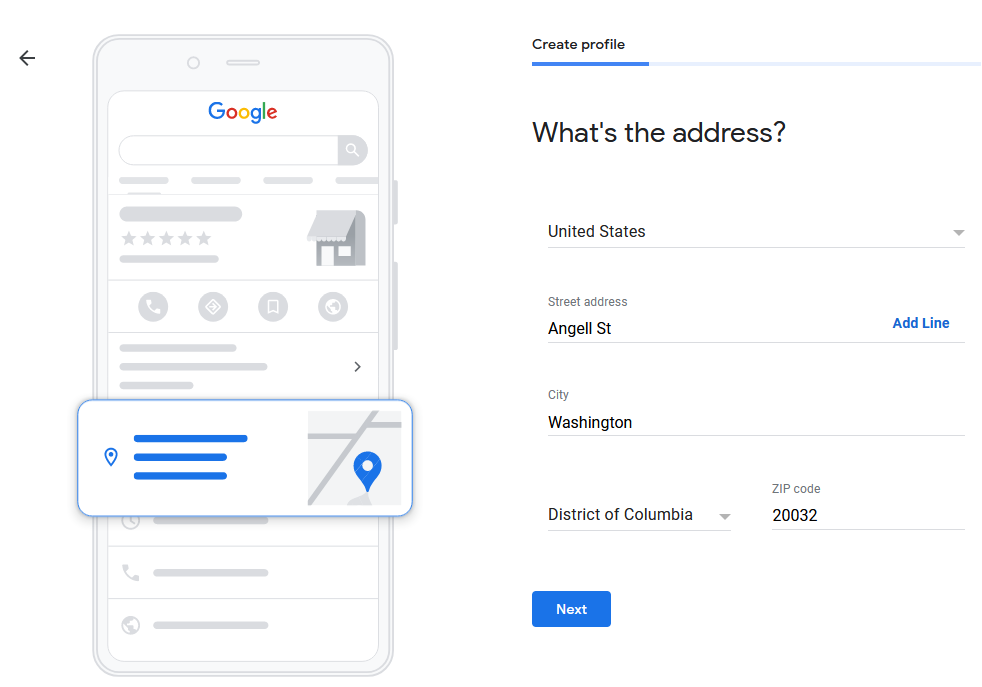
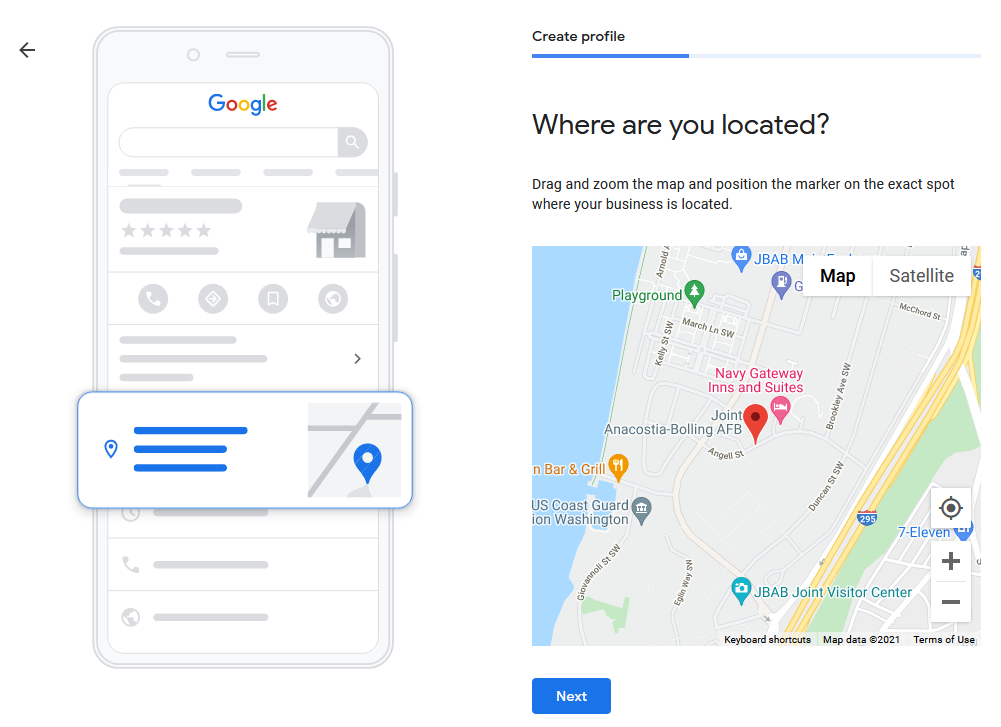
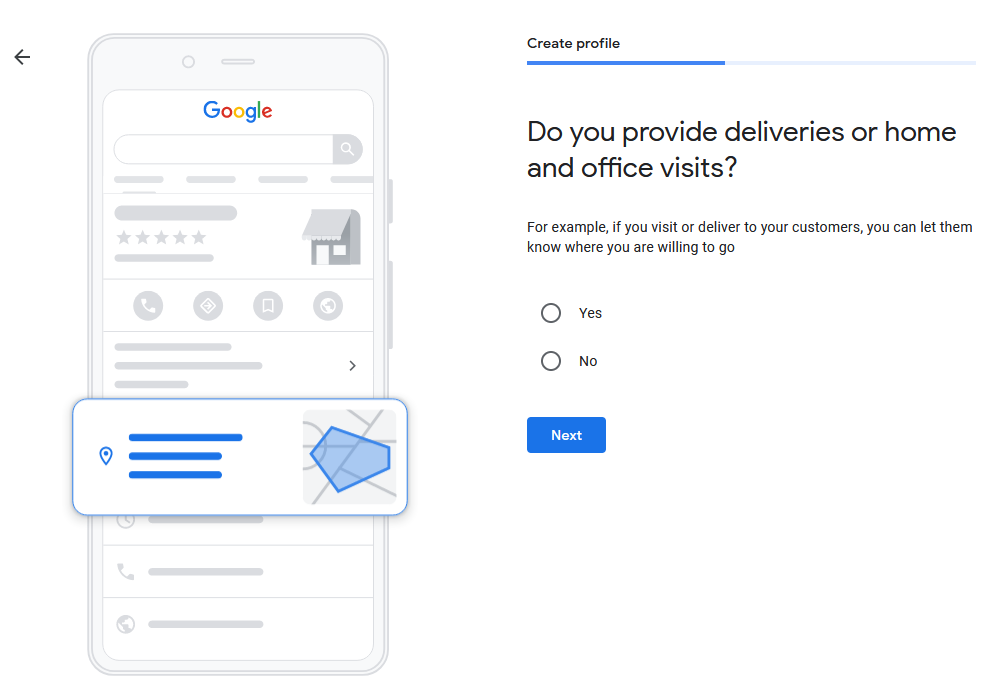
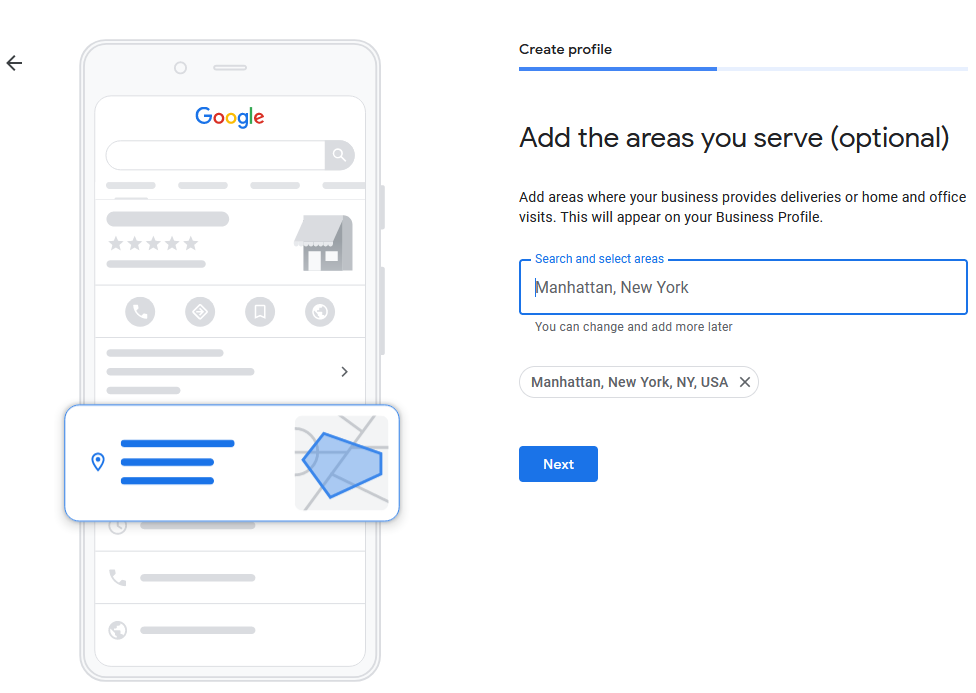
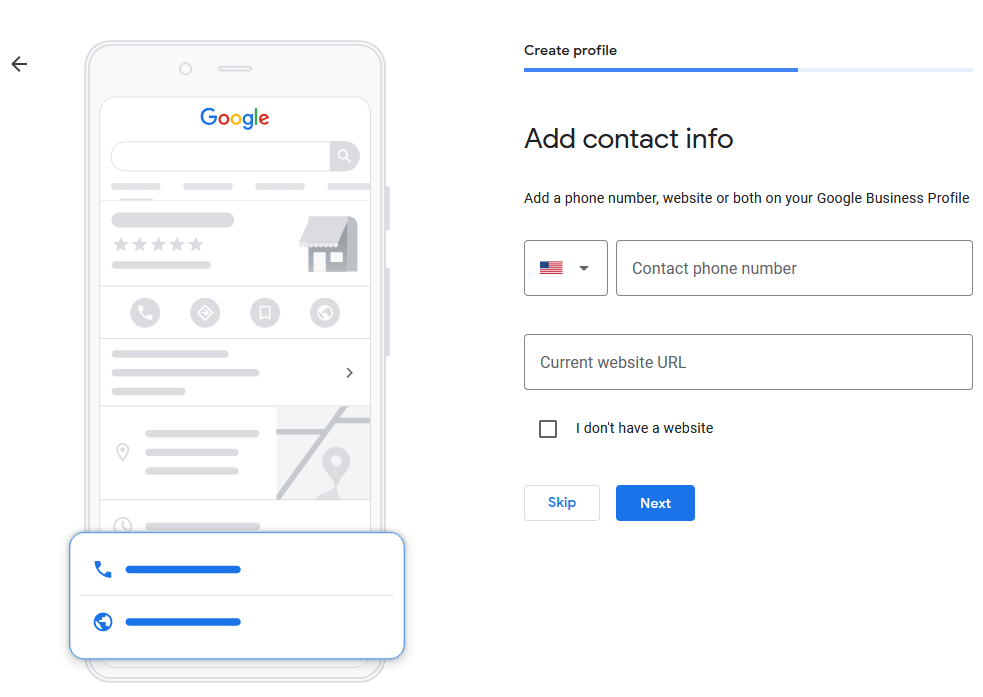
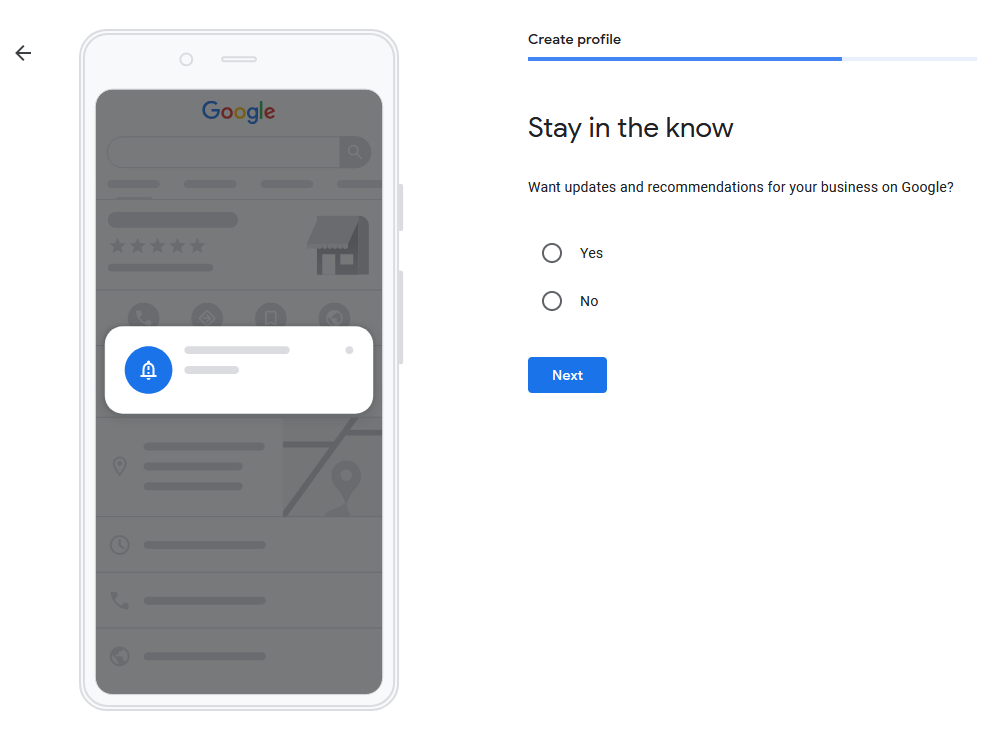
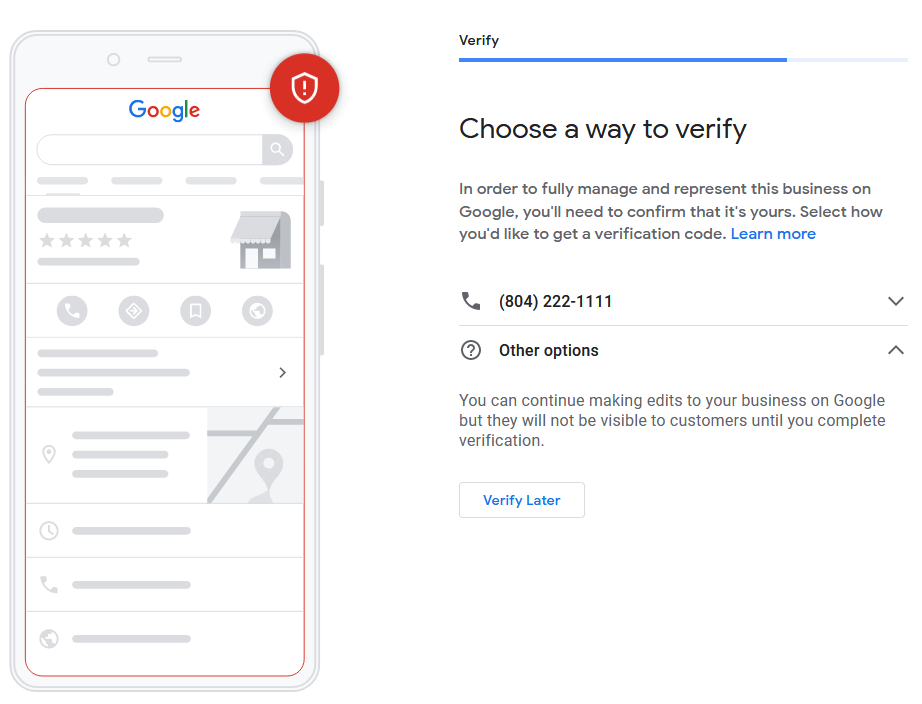
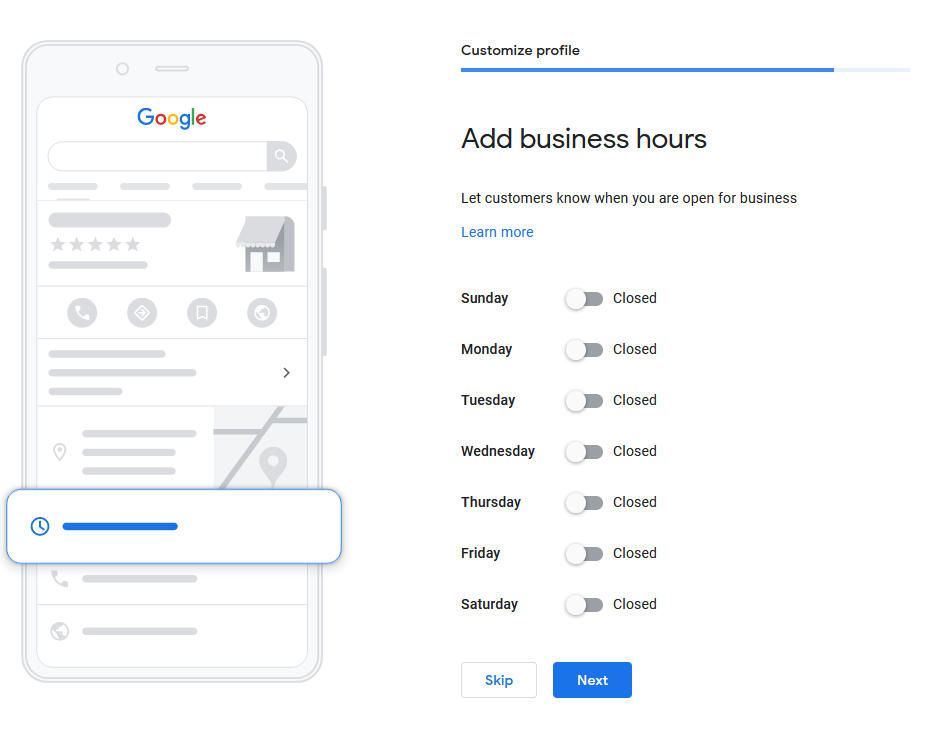


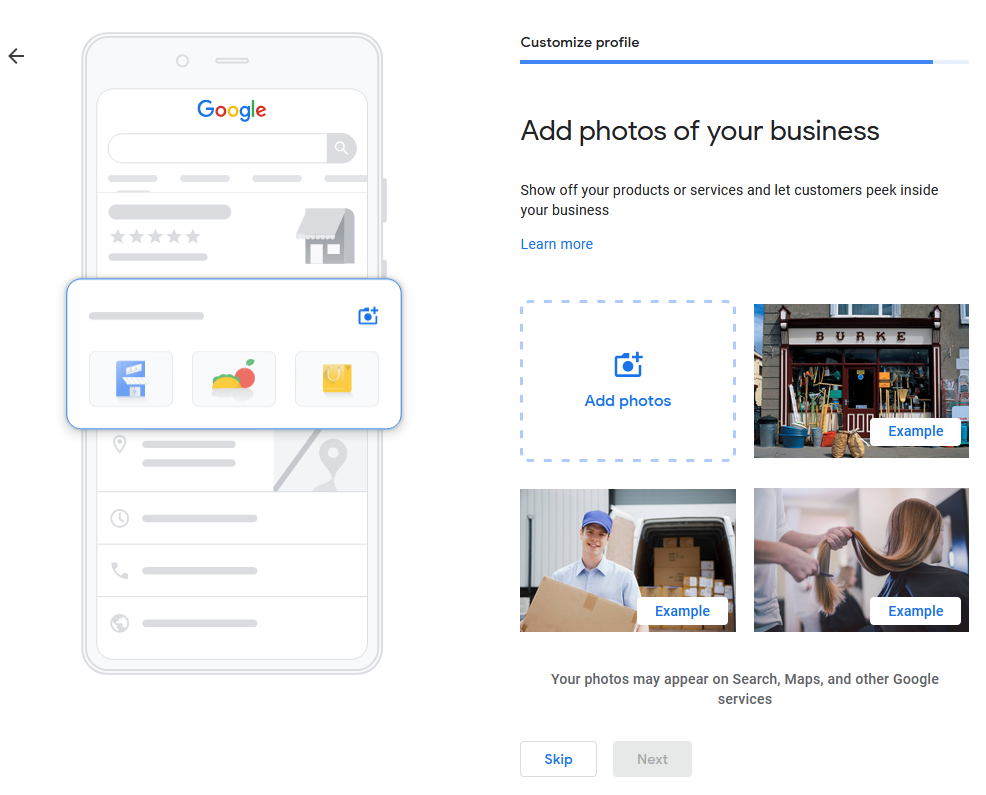

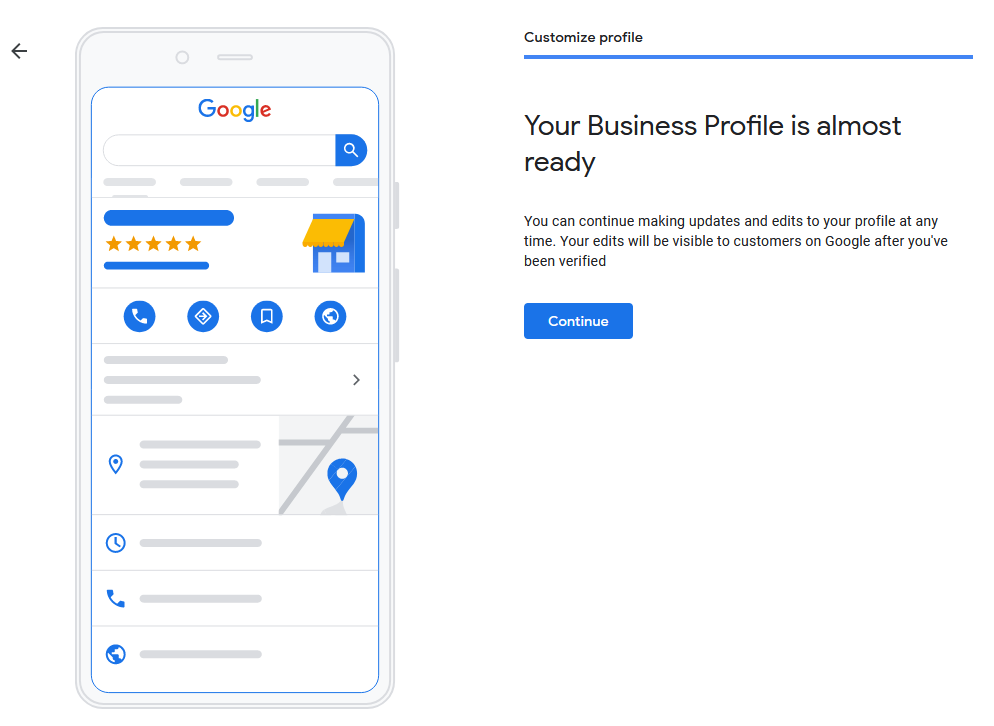
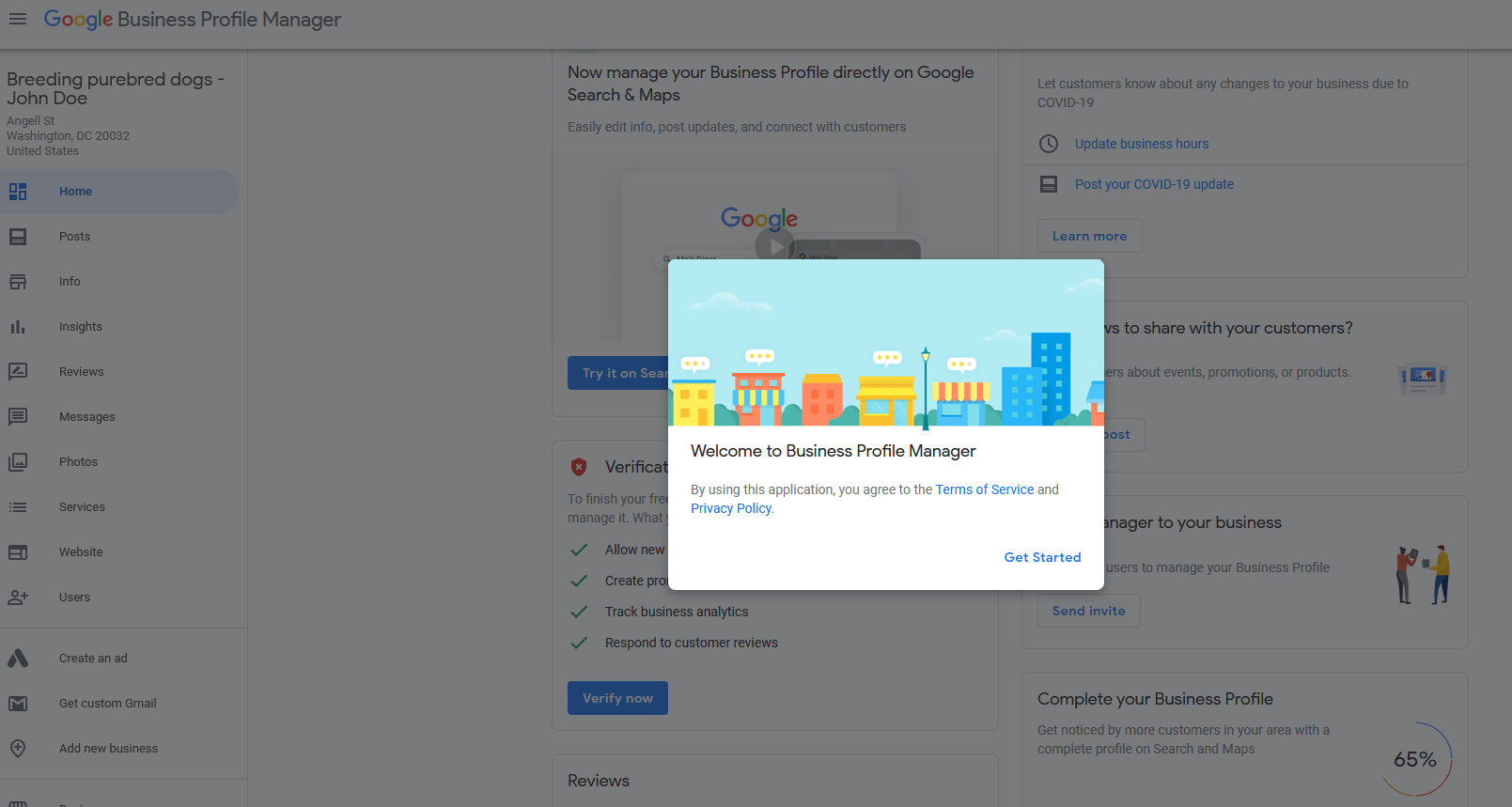

Marcin Gaworski